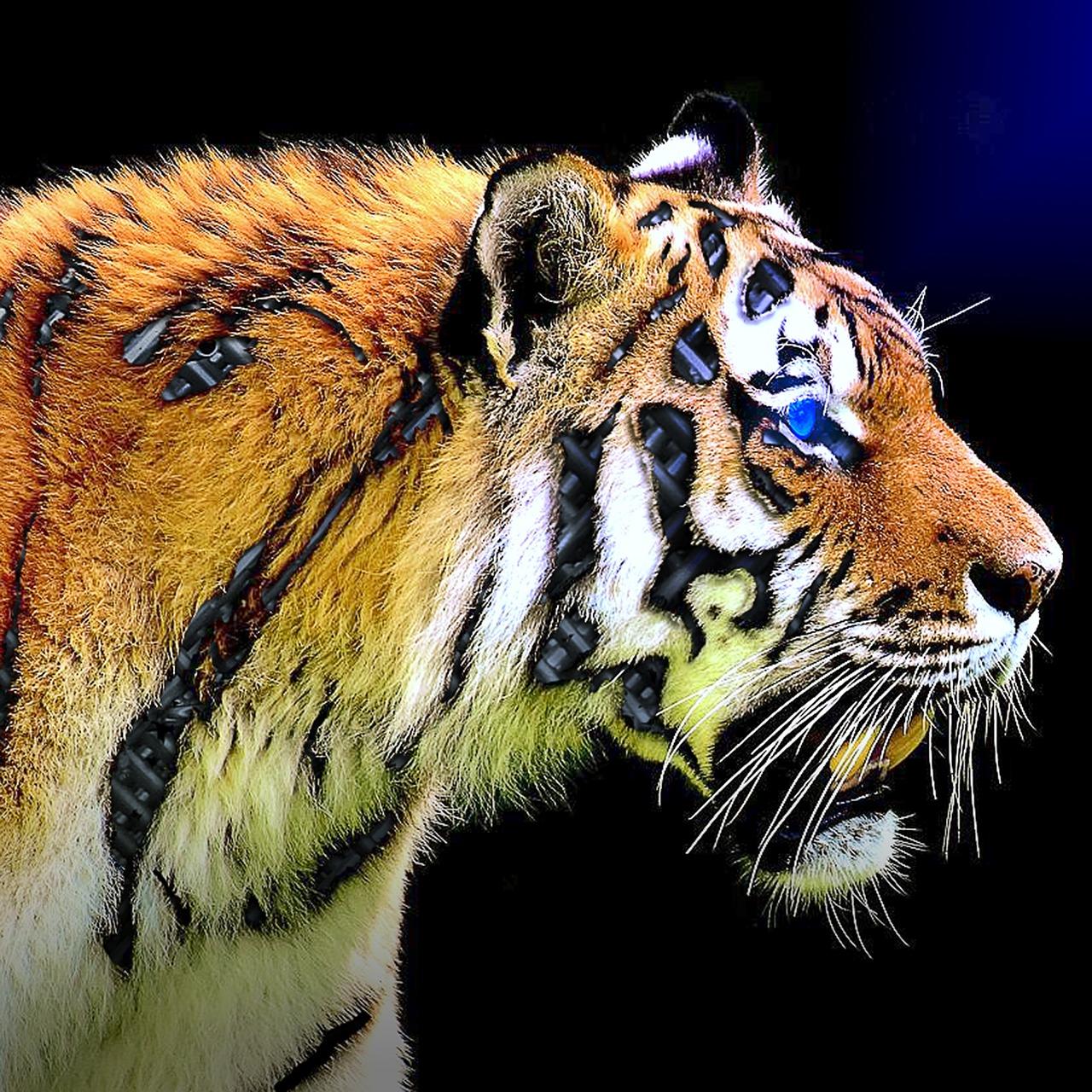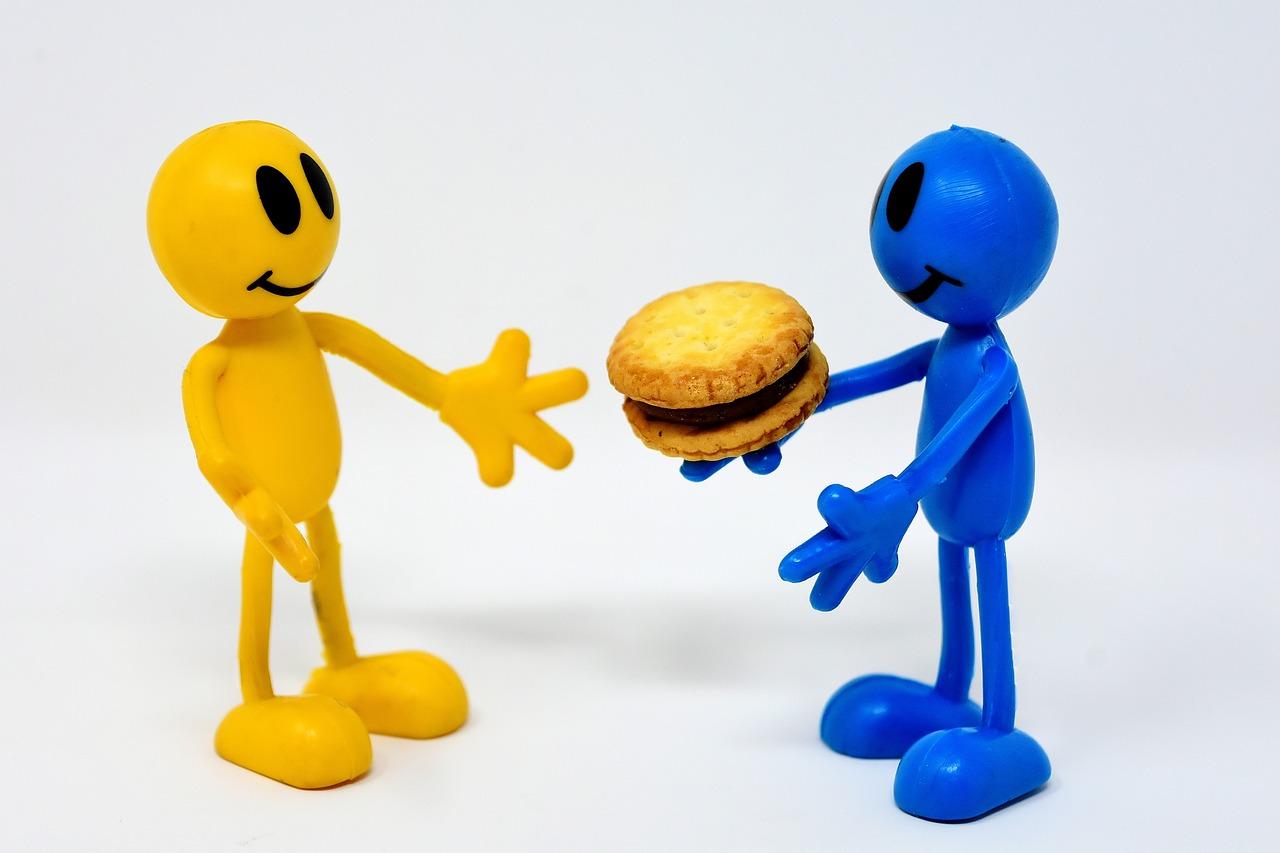Curious about what “LOL” means on Instagram? You’re not alone! The abbreviation seems simple, and yet, its implications are vast—confusing even, depending on who you ask. The digital landscape is evolving constantly, and language evolves right alongside it. Let’s dive into the intricacies of “LOL” and its prominence on Instagram, among other digital platforms.
LOL on Instagram: What Is It Really About?
When you come across “LOL” on Instagram, it’s natural to wonder if it’s a code of sorts, an emblematic laugh, or perhaps much more. A staple in the language of the internet, “LOL” primarily stands for “laugh out loud.” Think of it as the digital equivalent of a chuckle over a shared photo, meme, or even a witty comment. When I first joined Instagram, I noticed “LOL” popping up in the comment sections, and truth be told, it adds life to interactions there. Imagine scrolling through an ocean of images and suddenly you see a comment that says “LOL,”—it’s like an instant signal that some lightheartedness lives within this post.
The beauty of “LOL,” especially on Instagram, is its versatility. You can find it nestled under captions, in comments, even wielded as a tool to diffuse potentially awkward moments on a live story. It’s like an emoji—serving as a universal understanding. The key here is its adaptability; the abbreviation fits in everywhere and anywhere, much like a good sense of humor.
LOL IG Meaning: More Than Just Laughs
It might seem solely about hilarity, but the “LOL” acronym on Instagram has cultural implications too. For instance, when someone says “LOL IG,” they mean it’s something specifically on Instagram that made them laugh aloud. It becomes a sort of shorthand specific to the platform’s community. When users engage with the term “LOL IG,” they’re participating in an ongoing digital culture conversation—one that’s as alive and as vibrant as any face-to-face conversation.
Personally, I’ve used “LOL IG” in responses to absurdly funny images or surprising trends that only seem to exist on this platform. It becomes a quick way to signify that the joke you’re appreciating is tied intricately to Instagram’s community and its flair for spontaneous humor.
LOL Meaning in Chat: The Broader Context
Moving beyond Instagram, the “LOL” acronym is universally recognized in chats—think WhatsApp, Facebook Messenger, or any instance where text is exchanged casually. It simplifies communication, giving life to otherwise static text. In chats, whether with friends or family, using “LOL” instantly projects warmth, a sprinkle of joy, and an understanding that your tone is lighthearted.
Considering the genesis of my text conversations, “LOL” has often been a saving grace. It buffers conversations, opening the gate to everything from joking sarcasm to inside jokes only the participants can appreciate. It’s brevity and cheer all rolled into one tidy package.
What Does LOL Mean in Chat: Unpacking the Layers
When you deconstruct “LOL,” its essence is playful communication. It indicates amusement, surely, but it also serves as a bridge—a way to express laughter without the confinements of vocal cords. It’s succinct, which makes it powerful. Picture discussing a serious topic, and then injecting “LOL” at just the right moment—it can steer conversations into a realm of empathy and kinship.
Reflecting on my personal experiences, “LOL” has often acted as a hedge against misunderstandings in my text communications. It’s a linguistic tool powerful enough to anticipate potential faux pas or to soften the bluntness that text sometimes inadvertently carries.
Does LOL Mean Lots of Love? The Myths and Realities
A common misconception is that “LOL” might mean “lots of love.” If you’ve ever been perplexed by the paradoxical nature of this interpretation, you’re not alone. True, in some niche cases, especially within older generations or specific familial circles, “LOL” has been misinterpreted this way, causing some hysterical misunderstandings.
Imagine telling someone a genuinely heartwarming story, and they respond with “LOL,” unconsciously believing they have reciprocated with equal sentiment. Although this interpretation is rare, it underlines an essential component of language—the potential for varied understanding based on generational or contextual cues. In my experience, whenever the “lots of love” angle comes up, it serves as a reminder of the beautiful inconsistencies in our language and how much we rely on context to shape our understanding.
What Does L Mean on Instagram: An Unofficial Breakdown
In your digital wanderlust on Instagram, you might also encounter the solitary letter “L.” Unlike the full abbreviation “LOL,” this might leave some scratching their heads. More often than not, “L” can mean “Like.” It’s an acknowledgment, a quiet nod, suggesting favor or approval. Let’s say you’re scrolling through a gallery of beautifully composed pictures, hitting the “L” could be a nod to the beauty or relatability of these images.
Personally, I’ve engaged with posts merely with an “L” when feeling particularly minimalist or when the visual storytelling itself demanded no additional commentary. Embracing simplicity in your communication enhances the depth of what isn’t said, an art in itself within the space of digital interactions.
LOL Meaning in Instagram Funny Moments: When and How to Use It
The moments on Instagram that beckon the use of “LOL” are plentiful. They’re nested in pictures of pets doing incredibly human things, posts where captions twist expected meanings, or in shared experiences that no one else but your immediate circle would really laugh at. On Instagram, the humor becomes visibly compounded by likes and comments amplifying that “LOL” experience.
For example, I vividly recall a time when a friend posted a photo of their cat knocked out sprawled dramatically across the sofa. Captioned “Long day at work,” it brought the house down in our circle. I didn’t hesitate to burst out with an “LOL,” because honestly, no other arrangement of letters felt more appropriate.
What Is the New Meaning of LOL? Evolution of the Term
Is there a new meaning to “LOL,” you might wonder? Language and ideas evolve, especially in digital realms, and while “laugh out loud” remains robust, in certain creative spaces, users fashion its meaning to denote other emotions—an irony here, a mocking tone there. In memes or satirical posts, “LOL” sometimes signifies sarcasm rather than raw amusement.
Consider gaming communities or specific subreddits—these areas animate language, twisting “LOL” in fascinating, tailored ways. While browsing through meme pages or sub-community threads, I often notice “LOL” used almost as if it were eye-rolling; a playful jab at the ridiculousness before them. Context here is king, and within the frames of such nuances, “LOL” morphs creatively with users crafting its meaning as a reflection of trending digital sentiments.
FAQ On LOL: Your Burning Questions Answered
Q: Can LOL feel overused in conversations?
A: Like all linguistic tools, “LOL” needs balance. If peppered too liberally, it might dilute its intended impact. What I’ve found effective is modulating its usage based on the flow and depth of conversation—sometimes just a thoughtful pause or quiet smile emoji does the trick.
Q: Is using ‘LOL’ appropriate in professional communications?
A: Typically, it’s reserved for informal exchanges. However, in startup cultures or laid-back corporate environments, where digital culture is embedded into everyday work, “LOL” might carry a casual acceptance if used sparingly to ease up the tone.
Conclusion: Embracing LOL in All Its Forms
In the grand tapestry of digital communication, “LOL” is more than a mere acronym. It bridges gaps, infuses conversations with humor, and adapts to cultural shifts—making it ubiquitous and oddly comforting. Whether on Instagram, chat apps, or beyond, embracing its versatility means inviting a sense of humor and relatability into every interaction.
Now that you and I have traversed this landscape together, I’d love to hear how you’ve used “LOL” in your digital journeys. What has your “LOL” experience been like? Let’s keep the laughter alive.

